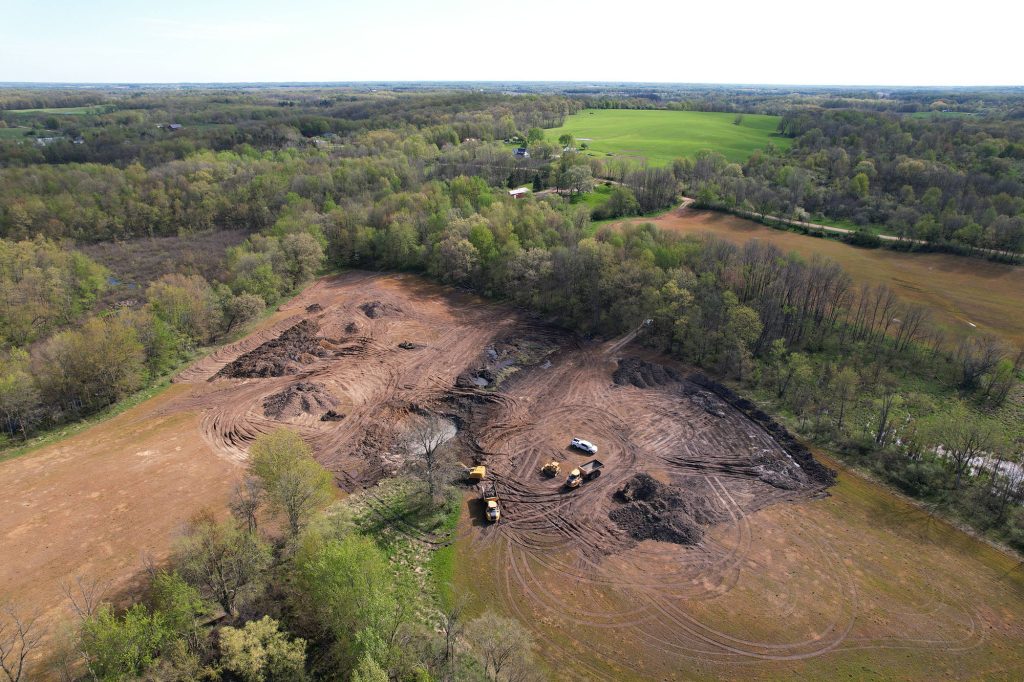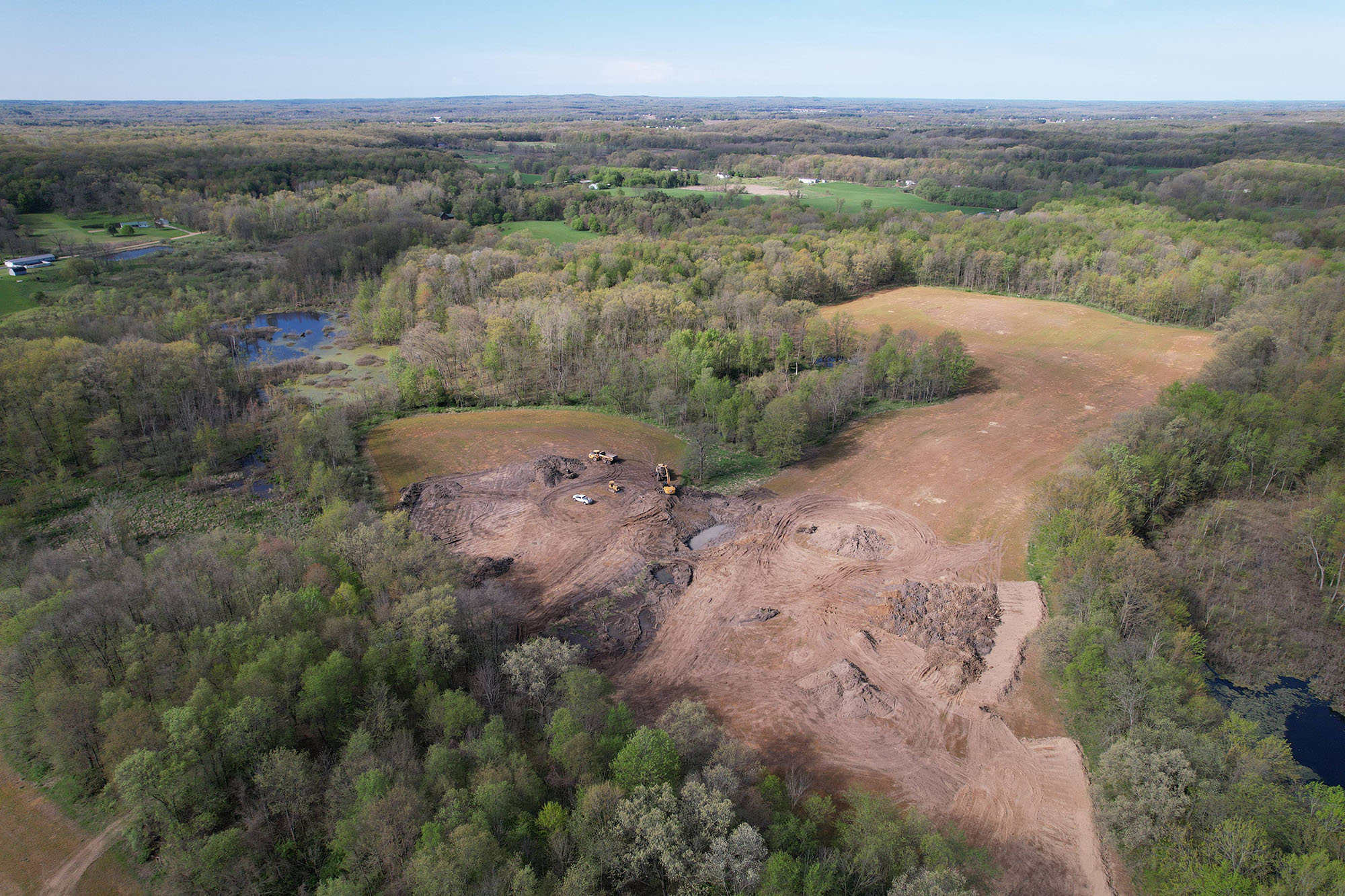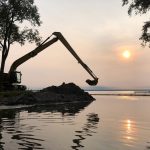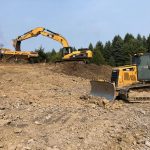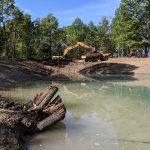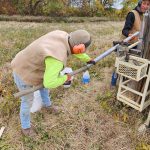Pond Builders,Lansing, MI
Pond Construction by Mid-Michigan Ponds
At Mid-Michigan Ponds, we pride ourselves on our client-centered approach to pond construction. Before laying a single stone or digging a single shovelful of earth, we spend time listening to our clients, understanding their desires, and asking questions to ensure we capture their vision accurately. Our process begins with a comprehensive site assessment, including soil borings, to determine the suitability of the proposed location for the desired pond type. We service all of Michigan for Pond Construction.
Natural Biological Techniques
In addition to mechanical clean-outs, we offer more natural restoration techniques. Our biological methods leverage the power of nature to rejuvenate your pond. From beneficial bacteria to strategic plantings, we’ll work with you to develop a tailored approach that suits your pond’s unique needs.
Service That Extends Beyond
the Water's Edge
With over 18 years of experience, Mid-Michigan Ponds stands out among Pond Construction Contractors and Pond Builders in the region. Our team comprises fisheries biologists, plant scientists, and skilled heavy equipment operators, ensuring that every aspect of pond construction is approached with expertise and precision. We take pride in our holistic approach, which extends beyond the water’s edge to include managing soil and creating natural-looking landscape settings around the pond.
From initial soil analysis to the final touches on the landscape,
We pay meticulous attention to detail, ensuring that every aspect of the construction process meets our high standards of quality. Our extensive inventory of heavy equipment, including specialized machines like the Geoprobe for soil analysis and long-reach excavators, enables us to tackle pond construction projects in various settings efficiently.

Picking the Right Location
When considering pond construction, it’s essential to weigh several factors carefully. Choosing the right location is paramount, and our team’s expertise in hydrogeology ensures that potential issues like leaks or the need for liners are addressed proactively. We provide detailed project drawings, including surface area measurements and contour lines, to give clients a clear understanding of the proposed design.
At Mid-Michigan Ponds, we understand that each pond construction project is unique, and timelines and costs can vary accordingly. We encourage potential clients to reach out to us for detailed estimates and to discuss their specific requirements. Whether you’re envisioning a serene backyard pond or a large-scale water feature, Mid-Michigan Ponds is your trusted partner for expert pond construction services.

